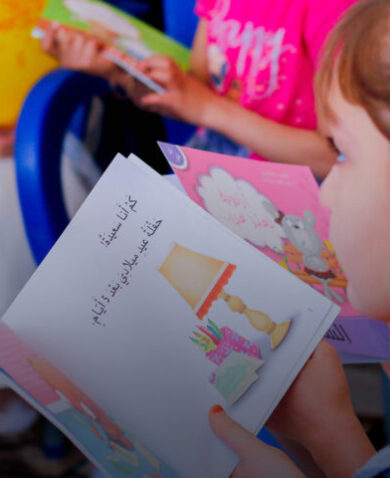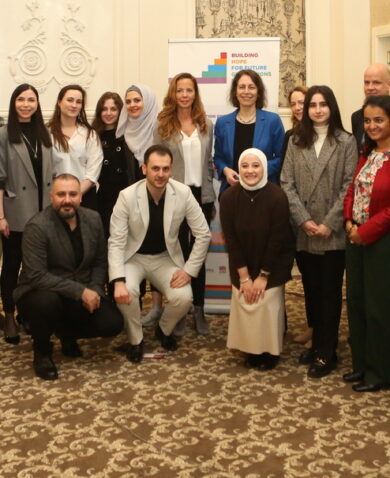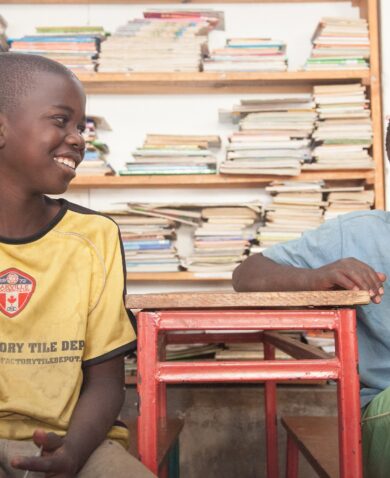
How We Get to 100 Million Improved Readers
September 8, 2016 | 2 Minute ReadReading is essential for learning across all academic subject areas. As children progress through school, schools, teachers, and communities must help them to become critical and independent readers and learners. Their future depends on it. This is why USAID and its partners, like Chemonics, aim to improve literacy for 100 million children.
Research suggests that we have a good understanding of what children need to become proficient readers. USAID’s approach to reading instruction is based on the model of reading that came out of the 2000 National Reading Panel, which reviewed more than 100,000 studies on how children learn to read.
The panel identified five skills — the five foundational skills for reading — as the most strongly correlated with successful reading:
- Phonemic awareness: the ability to manipulate, break apart, and put together sounds
- Alphabetic principles (phonics): the ability to recognize the relationship between a specific letter and its corresponding sound
- Vocabulary: knowing and understanding both oral and written words
- Fluency: the ability to read with speed, accuracy, and expression
- Comprehension: the ability to understand what is heard or read
But improving literacy for 100 million children is about more than teaching these five skills. We also need to consider the broader education environment as we take reading interventions to scale if we are going to reach our goal of 100 million readers.
To help the development community do this, USAID developed the 5 T’s, a comprehensive framework to strengthen the broader education system to improve reading outcomes for primary school students:
- Teaching: Strengthen teachers’ preparedness to deliver reading instruction
- Time: Ensure children have sufficient time to learn and practice reading
- Test: Use assessments, both formative and summative, to provide critical data to inform instruction and policy-related decisions
- Tongue: Teach in the mother tongue in line with research suggesting that children learn best in a familiar language
- Text: Ensure children have access to quality and appropriate texts
Learning to read is not a skill that readers develop naturally. But with systematic and direct instruction, all children can learn to read.
By integrating research-based best practices, such as the 5 T’s, into early grade reading instruction, children around the world can acquire the foundational skills to become successful readers and independent learners.


















